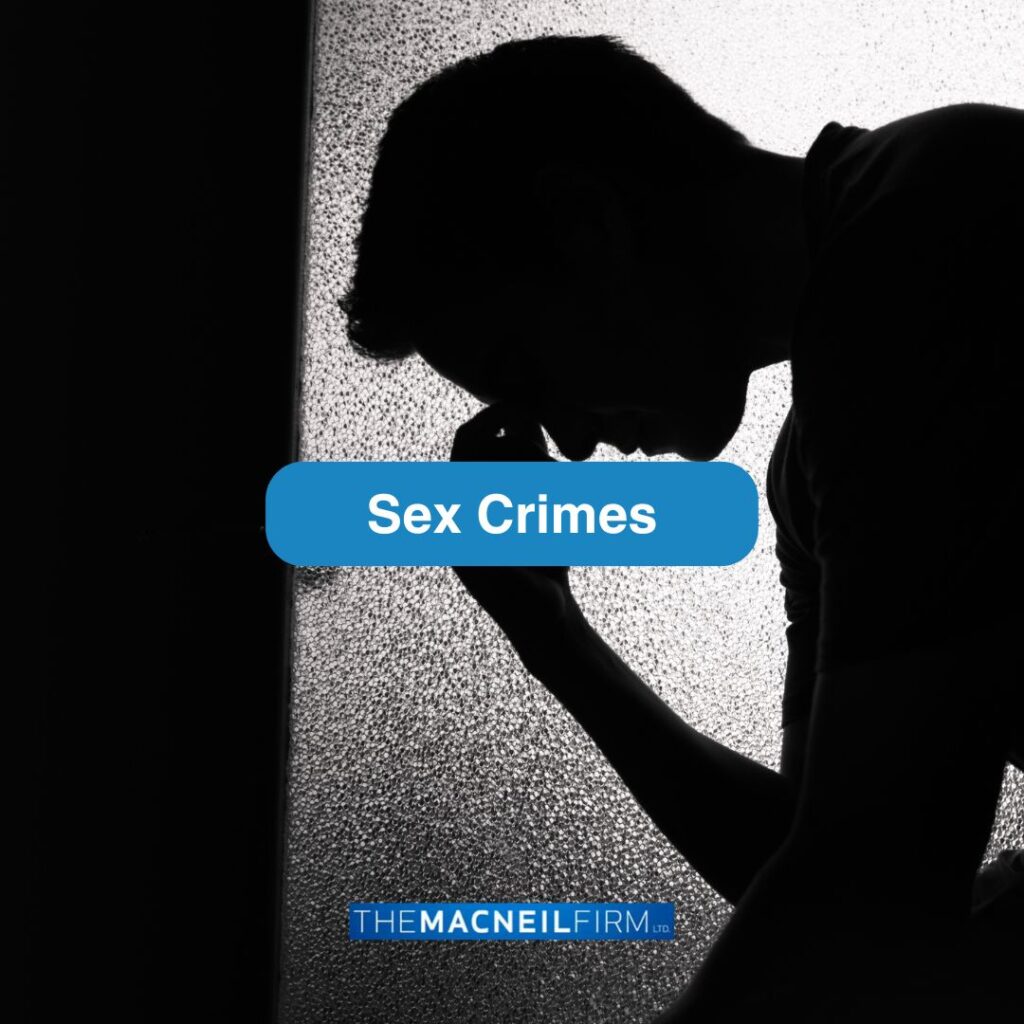Comprehensive Legal Support from Our Chicagoland Criminal Defense & DUI Defense Lawyers
The MacNeil Firm is a family of three lawyers, a father and two sons, who are dedicated to providing superior criminal defense and DUI defense in Illinois and Indiana. What sets the MacNeil Firm apart from many other criminal defense lawyers and DUI defense attorneys is our passion for the law, the Constitution, and our dedication to producing a winning result in your case.
Nothing is more rewarding to us than securing a Courtroom Victory for our clients. Whether you are a first offender or have multiple arrests, our criminal defense attorneys and DUI defense lawyers take a personal interest in each case, and our commitment to you and your case is unmatched. While there are many good DUI and criminal defense lawyers, the MacNeil firm is distinguished by our personal service. We make every effort to exceed our client’s expectations during this stressful time after an arrest.
DUI Defense
Many people have had the unfortunate experience of getting pulled over for a DUI. It is a common scenario where you go out on the town one night to celebrate your birthday, and you drink a few small glasses of wine with dinner. When it’s time to go home, you don’t feel affected and don’t think twice about whether you should drive yourself home…until you get pulled over and are found to be over the legal limit. The next thing you know, you’re in need of an Illinois DUI lawyer.
But one mistake does not have to ruin your life and The MacNeil Firm is here to make sure your rights and your future are protected. Our firm has the experience and compassion to provide you with a strong DUI defense. We will work to get you the best possible outcome to your case.
Criminal Defense
The criminal defense attorneys at The MacNeil Firm are extremely dedicated to offering passionate representation to our Illinois clients. Our number one goal is to give our clients personalized attention and legal advocacy that they cannot find anywhere else. By working with our attorneys, you could keep criminal charges off your record, protect your driving privileges, keep your insurance rates from sharply increasing, and uphold your reputation within your community and your career field.
Click on image below to learn more about specific areas of criminal defense.
Meet Our Legal Team
When you are being prosecuted for a crime, having an experienced and dedicated defense attorney sends a clear message to the prosecution. It tells the prosecution team that you are taking this criminal charge against you incredibly seriously, that you will fight hard against prosecution, and that this will not be an easy case for them to win.
The MacNeil Firm provides the criminal defense strategy that can help you protect the future of your career and your personal life. Our experienced team of family lawyers can protect your legal rights and possibly even have the charges against you drastically reduced or completely dismissed.























